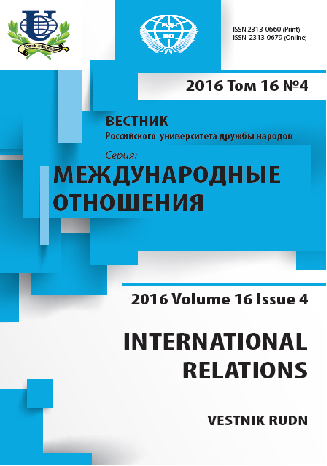Abstract
In article features of forming and implementation of foreign policy of the Islamic Republic of Iran (IRI) in the Middle East (Iraq, the Syria-Lebanese-Palestinian zone, Egypt, Gulf States and Yemen) in the conditions of transformation of forms and methods of implementation of Washington’s strategy of “system containment” of the IRI are analyzed. Special attention is paid to identification of potential of IRI as one of leaders of the Middle East region. The main stages, the directions and implementation methods of strategy of “system containment” of the IRI as triangle complex of political, economic and military measures, performed by the USA and their allies for rendering multilateral pressure upon Tehran in order to change its foreign policy and the State power in the country, are shown. Change of a foreign policy line and approaches of Tehran to the solution of regional problems is considered in the context of escalation of pressure upon Iran from the USA and the states of the West. It is analyzed what forms and methods of the foreign policy and foreign economic activity implementation were used by Iran in the situation of increased political and economic risks, connected with toughening of the international and unilateral sanctions. In the conclusion, efficiency evaluations of Middle Eastern dimension of the Iranian foreign policy during the considered period are given and the tendencies of development of the situation around the IRI, that allow us to make the forecast for the medium term, are allocated.











